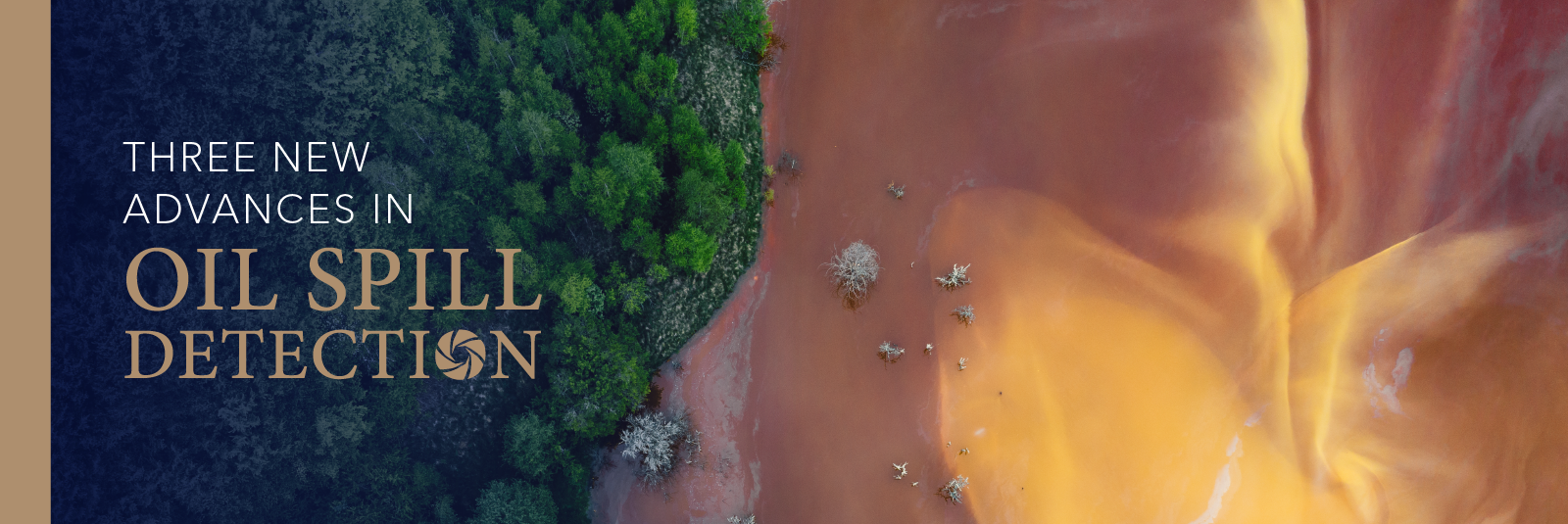Fast and early detection of oil spills is crucial for mitigating damage to communities and coastal environments, as well as for protecting vessel owners’ bottom lines. The sooner a spill is detected, the more efficiently and precisely crews can respond to determine which type of oil has spilled and how it should be cleaned up before it begins to mix with seawater.
With the goal of deploying a swift response, researchers around the world have developed an array of new technologies for detecting oil spills almost the moment they begin. Here are a few new advancements that may revolutionize the industry:
- Buoys Equipped With Light Sensors
Scientists at Spain’s Universidade de Vigo have developed a network of inexpensive buoys equipped with small light sensors that record distant signals to determine which of five oil types is in the water, and then transmit the data back to the lab via a radio signal. Not only can this system monitor the spread of oil in real time, it is much less costly than the aircraft surveillance that’s typically used in the event of a spill.
- Advanced Aerial Surveillance
Aerial surveillance of another kind is proving to be a powerful tool in global efforts to stop oil spills at the source. The first-of-its-kind NovaSAR-1, a UK-based Synthetic Aperture Radar (SAR) satellite, is being hailed as the “eye in the sky” for its ability to continuously capture large-scale images of the Earth at a high resolution and in all weather. Equipped with a maritime mode, the satellite can be used to both help detect oil spills and spot illegal shipping.
- Polyurethane Foam Sponges
A team of scientists at the Argonne National Laboratory in Illinois have developed a system of what are essentially large polyurethane foam sponges that can be dragged across a slick of oil. A coating of silane molecules on the sponges absorb the oil and remove it from the water, where it can then be wrung out from the sponge and collected. During lab tests, the sponges were able to absorb 90 times their weight in oil, and could be reused up to 100 times without losing their capacity. This new method could be the answer for issues with the U.S. Coast Guard’s existing clean-up techniques. For example, booming and skimming, in situ burning, and chemical dispersion can only remove oil from the water’s surface (not if it sinks), can be harmful to the environment and wildlife, and collected oil cannot be saved for future use.
The researchers recommend that the sponges be warehoused just offshore of any coastal operation where they can be quickly deployed—ideally, with the help of sensors and satellite imagery, the very moment the first drop of spilled oil is detected.
Deploying a Spill Response
Safe Harbor offers the largest spill response network in the industry, partnering with teams who are the best at what they do and use the most advanced clean-up methods to ensure incidents are controlled and contained.
We can respond faster than any other pollution insurance carrier in those crucial first moments of an event. Contact us to learn more.




